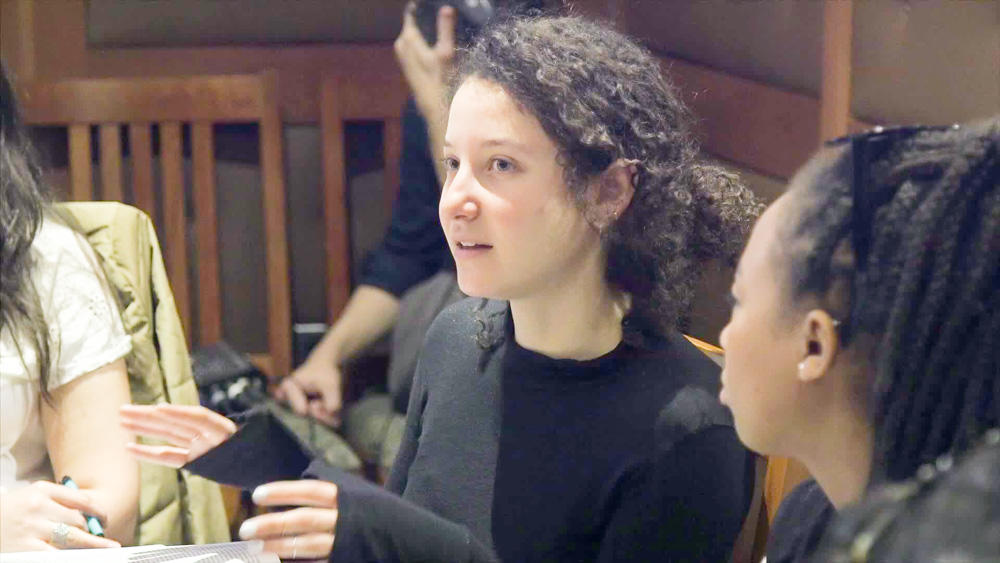Students enter each new classroom asking themselves a flurry of questions: What will the instructor be like? Do I have enough background knowledge to be successful? Will the classroom feel safe enough for me to share ideas? Research shows that when instructors create learning environments where students feel safe, valued, and respected, those instructors create the conditions necessary for all students to achieve at their potential. In this video, Bob Kegan discusses the steps he takes to cultivate such an environment.
Cultivating a classroom community of risk-taking
Instructor
Robert Kegan, William and Miriam Meehan Research Professor in Adult Learning and Professional Development
Student Group
Graduate
School
Harvard Graduate School of Education
Course
Adult Development
Group Size
~200 students
- Use inclusive language and model inclusive practices. Course content, teaching methods, and class norms must be intentionally inclusive of differences in gender, race, sexual orientation, and disability status. Consider how issues of identity, power, and privilege surface in your content and in the classroom environment.
- Seek to eliminate unnecessary distance between yourself and your students. Students can feel more comfortable when they see their instructor as human -- someone who is learning alongside them and is invested in building meaningful relationships with them.
- Challenge your students. For meaningful learning to occur, students need to be pushed to meet demanding learning goals they believe achievable.
- In an investigation of student perspectives on classroom environment, authors described classroom safe spaces as settings where students were able to take risks and rewards outweighed potential penalties. Ways instructors might facilitate environments of willing risk-taking include welcoming discussion, being approachable and supportive, avoiding punishment for unpopular views, and being emotionally present (Holley & Steiner, 2005).
- Students with a strong sense of community are more willing to take chances and can better cope with occasional failure (Graham & Stacey, 2002)
- University of Michigan’s Center for Research on Learning and Teaching provides a comprehensive list of “Inclusive Teaching Resources and Strategies”
- A post from Faculty Focus features a Q&A with two higher education administrators about designing inclusive courses




